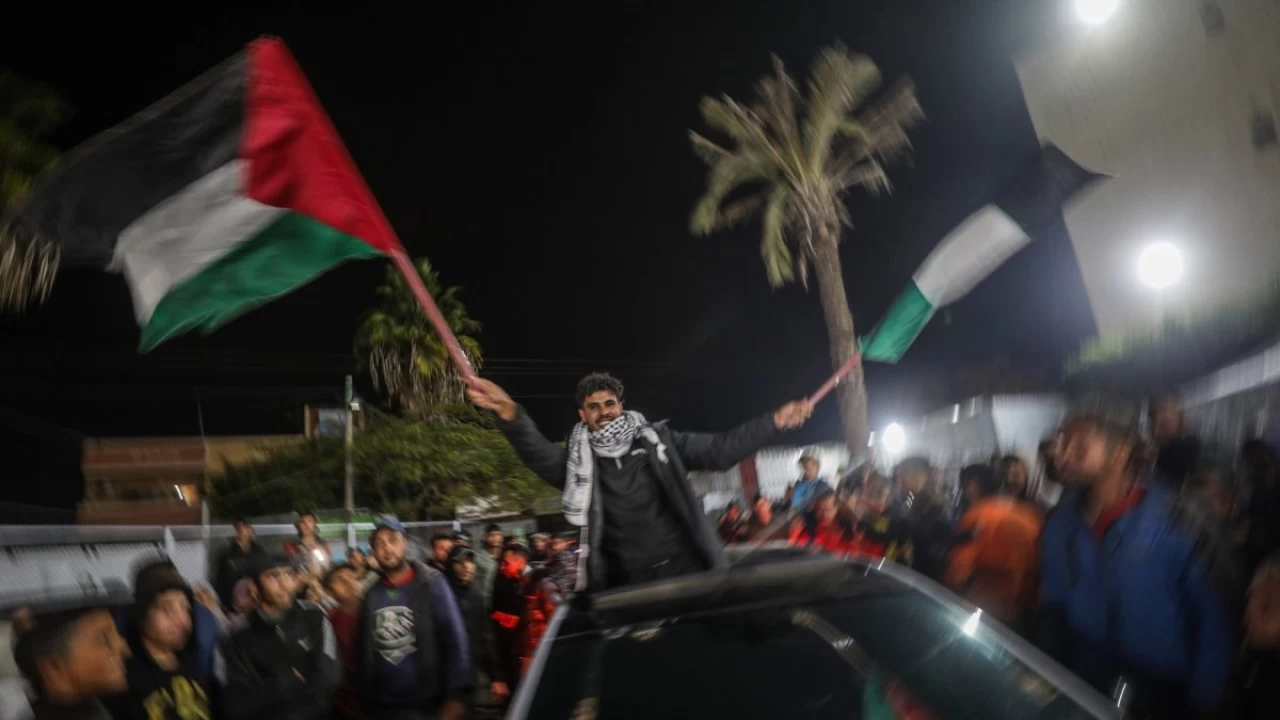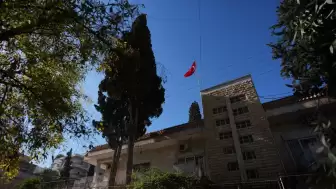Israel and Hamas have reached a cease-fire agreement in Gaza that is set to start on Sunday after 15 months of intense conflict in the region. The deal includes the release of hostages and the gradual withdrawal of Israeli forces from the Gaza Strip.
Details of the Cease-fire Agreement
The complex agreement outlines a six-week initial cease-fire period during which Israeli forces will gradually pull out of Gaza. Tens of thousands of people have lost their lives in the conflict, and the deal aims to bring some much-needed relief to the region.
Hostages held by Hamas will be released in exchange for Palestinian prisoners held by Israel. The agreement was confirmed by mediators, with the cease-fire scheduled to take effect on Sunday.
Humanitarian Assistance and Reactions
At a news conference in Doha, Qatari Prime Minister Sheikh Mohammed bin Abdulrahman Al Thani emphasized that the deal would bring a halt to the fighting in Gaza and provide vital humanitarian aid to Palestinian civilians. The agreement was met with celebrations in Gaza, where residents have been facing severe shortages of essential supplies.
Despite the positive development, Israeli airstrikes continued in Gaza, resulting in further casualties. However, negotiators are working to ensure both sides cease hostilities before the official start of the cease-fire.
International Response and Approval Process
The international community has welcomed the cease-fire agreement, with leaders from various countries expressing their support. Israel's formal acceptance of the deal is pending approval from the country's security cabinet and government, with voting scheduled for Thursday.
Although some hardliners within Israeli Prime Minister Benjamin Netanyahu's coalition government have voiced opposition to the agreement, it is expected to receive the necessary approval.
Regional Implications and Next Steps
The cease-fire agreement is seen as a crucial step towards defusing tensions in the wider Middle East. If successful, it could help ease conflicts in various regions and prevent a full-scale war between Israel and Iran.
The agreement includes the phased release of hostages, a surge in humanitarian aid to Gaza, and plans for the enclave's reconstruction under international supervision. The road ahead remains challenging, with potential political obstacles to overcome.
Finally, the cease-fire deal is viewed as a significant achievement that could pave the way for further diplomatic efforts in the region. The focus now shifts to the implementation of the agreement and the long-term vision for post-war Gaza.
















